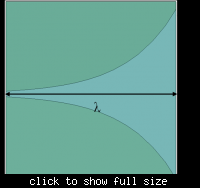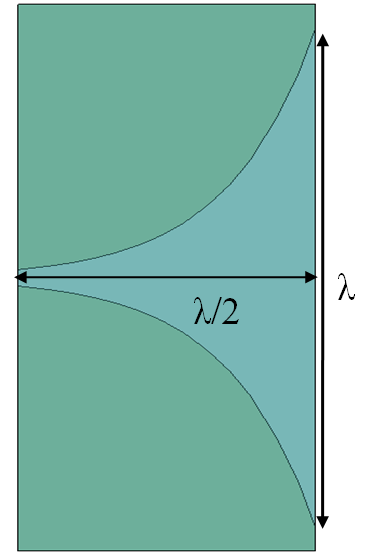elenafuentes
Newbie level 4
hi everybody i'm a beginner in this things, i'm should to design a vivaldi antenna in HFSS v12, but honestly I'm a little frustrated because not found a tutorial that really help me and explain me step by step how to design this antenna.
please need your help, i will thank you so much.
Thanks, i will your answer, and sorry for my english :sad:
please need your help, i will thank you so much.
Thanks, i will your answer, and sorry for my english :sad:


